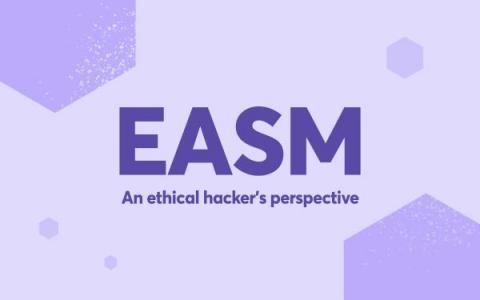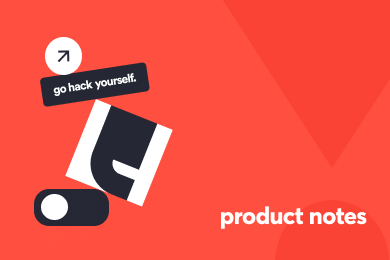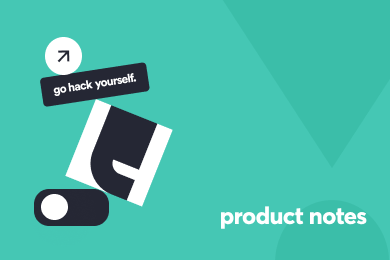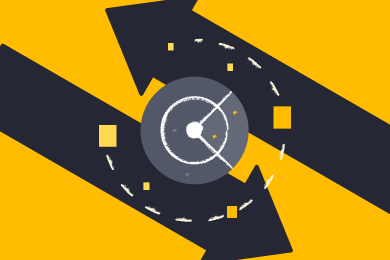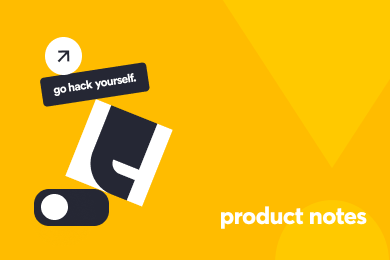4 fundamental questions on EASM - and how Detectify's solution answers them
Security teams know, bug bounty hunters, and ethical hackers know it: Large attack surfaces are hard to manage. In this day and age, if you’re a medium-large organization without a comprehensive External Attack Surface Management (EASM) program in place, there’s a pretty good chance that you have some hosts on the Internet that you’re not aware of. Despite this, the concept of EASM is still new to many.




